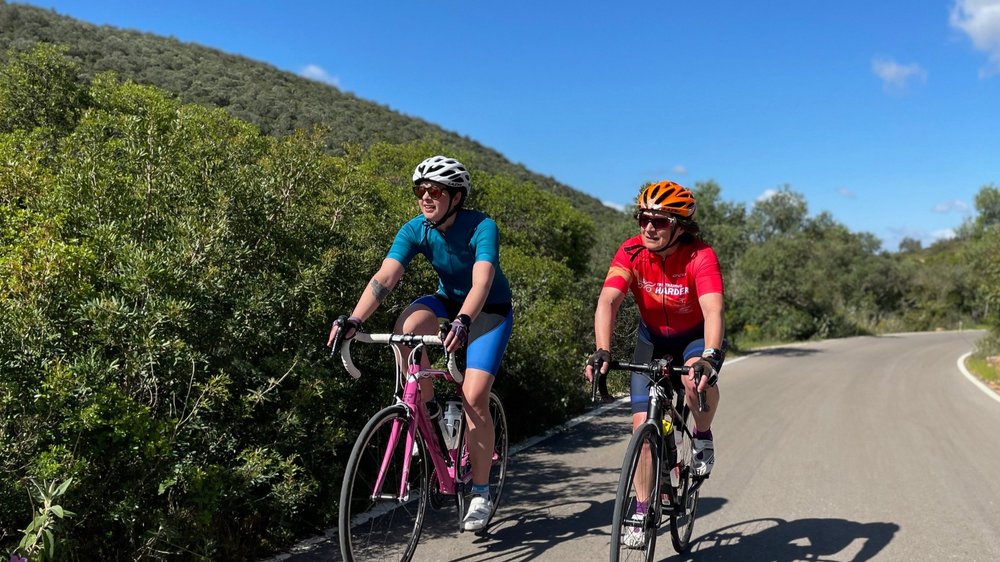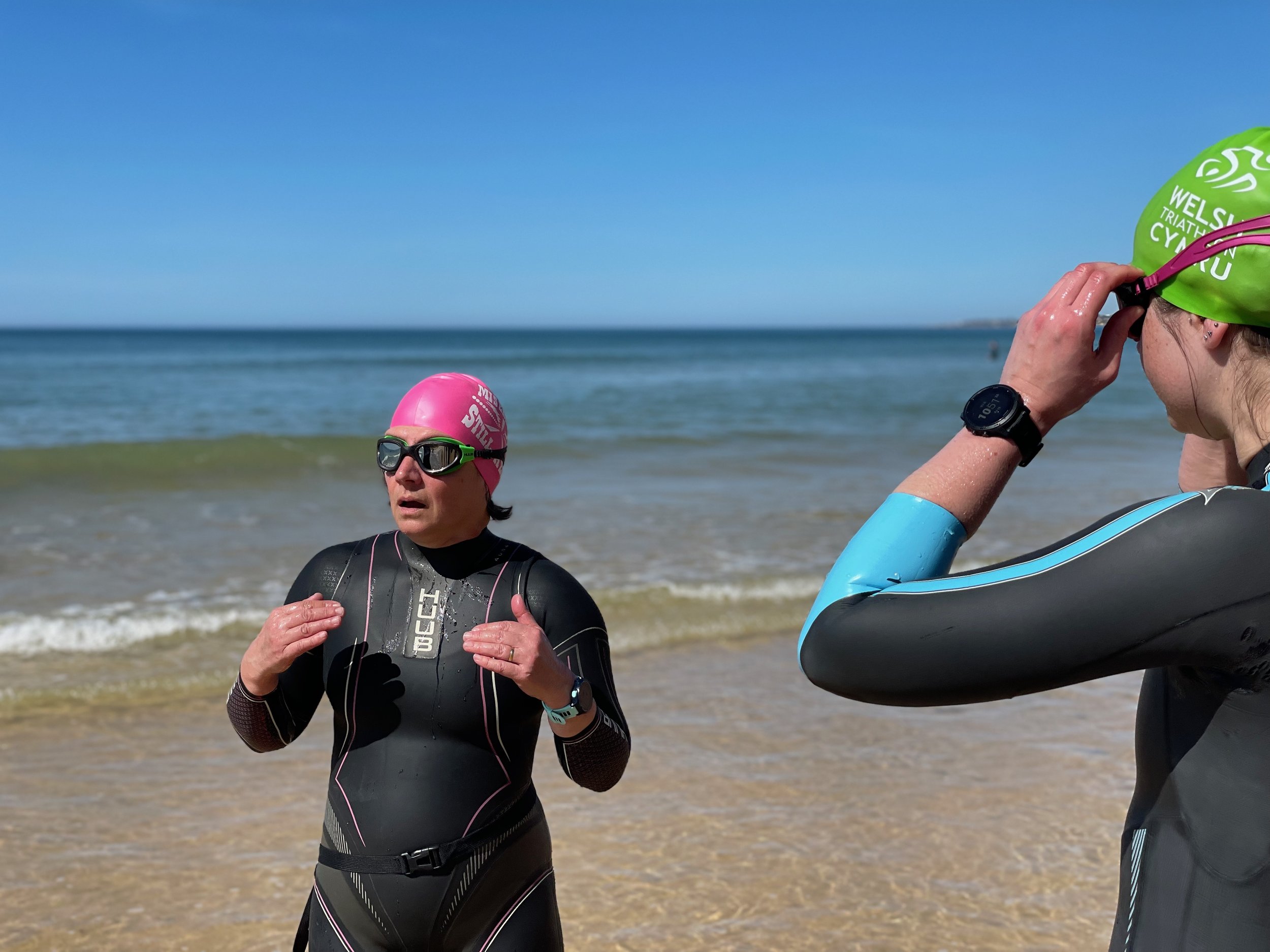Why should you clean your wetsuit after every open water swim?
In most triathlons, the swim takes place outside, either in a lake, river or the sea. Training in a similar environment makes sure you are fully ready to take on the first leg of the race and gives you a chance to test out all of the race kit, especially your wetsuit. Your wetsuit is likely to be the most expensive item of equipment you have for swimming, and looking after it is crucial. In this article, Coach Denise looks at why it should be cleaned and how to do it.
As the water is starting to get warmer and more of us are getting outside to swim, one important question is, why should I clean my wetsuit? After all, I’m swimming in water, so surely it’s clean enough already.
There are a few reasons to clean your suit regularly:
The water you swim in may not actually be that clean. Any sand, algae, water debris etc., will get into the inside and outside of the suit. Putting on a dirty suit is just not nice.
Suppose you swim in different bodies of water. In that case, it is possible to transfer microorganisms from one to the other, so cleaning the suit, and all other swim accessories, after use is vital for biosecurity.
If you use the traditional method (and yes, I mean peeing in it) to warm up the water in the suit, then cleaning the inside is especially important
When you clean the suit, you can look at it and check for any damage or small holes so they can be repaired before they become a problem.
So now I’ve convinced you that you need to clean your suit, how is it done? The good news is that it’s really not that difficult.
Simply rinse the suit in freshwater as soon as possible after your swim. Dipping it in the water you got out of sounds sensible but doesn’t address the biosecurity concern and may just put in more sand or silt from the water. Use tap water either lakeside, seaside or at home.
Hang the suit up, inside out, using a broad-shouldered plastic coat hanger to prevent any damage at the shoulders, or better yet, fold it at the waist.
Allow to drip, then fully dry in a warm area, out of direct sunlight. Put through to the right way out once the inside is dry and hang up again if the outside is still wet.
Remove it from the hanger once the suit is fully dry and roll it up for storage.
It’s as easy as that – one clean and dry suit, ready for use.

Denise has been coaching triathletes since 2019 as a coach at her local triathlon club in West Lothian. Between 2019 and 2022, Denise was the Head coach in the club, working with a team of coaches to support and develop triathletes with a wide range of capabilities, completing her BTF Triathlon Level 2 coaching qualification in 2021.
Denise joined Tri Training Harder as a coach in 2021, building on the qualifications through the experience and knowledge passed on by the coaching team.
In 2019 Denise set up and continues to run her own Jog Scotland running group, a mixed ability group of runners who meet weekly. This delivers on her passion for helping people to do much more than they think they can.
Visit Denise's
Coach profile
We’re here to help
Tri Training Harder are one of the leading Triathlon coaching providers in the UK, using our wealth of experience to unite scientific and technological research with already well-established and successful best practices, to create a formula for triathlon and endurance coaching that works.
The result is an honest, dynamic, yet simple new way of constructing an athlete’s training to allow them to reach their potential.
If you’re planning your next season, just starting out in the sport or are looking for extra guidance at the very top end of the field, we are here to help, and our coaches would be delighted to hear from you. You can contact us via the website, and one of the team will be in touch.

